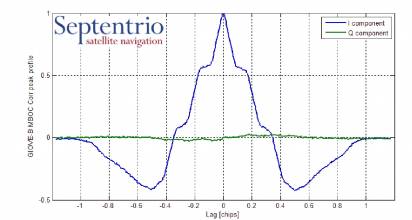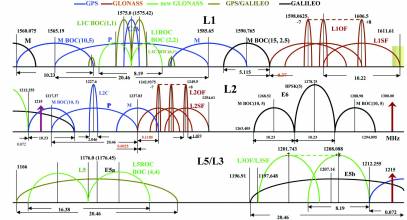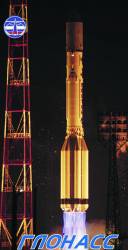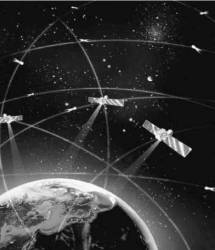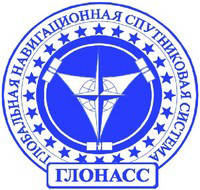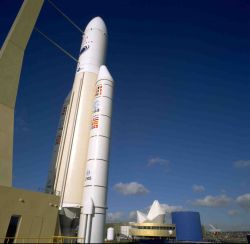Galileo’s GIOVE -B Spacecraft Transmits Signals
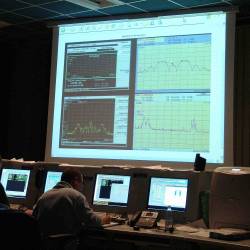 A screen in the Galileo control room displays the spectra of signals received from GIOVE-B shortly after the spacecraft began transmitting navigation signals. ESA photo.
A screen in the Galileo control room displays the spectra of signals received from GIOVE-B shortly after the spacecraft began transmitting navigation signals. ESA photo.Europe’s second Galileo In-Orbit Validation Element (GIOVE-B) satellite began transmitting navigation signals on May 7, including the common GPS-Galileo civil signal MBOC (multiplexed binary offset carrier).
Built under a cooperation between the European Space Agency (ESA) and European Union (EU), GIOVE-B was launched April 27 from the Baikonur cosmodrome in Kazakhstan. The MBOC signal design will be used by the future GPS L1C broadcasts as well as the Galileo Open Service in accordance with an agreement drawn up in July 2007 between the EU and the United States.
Locked to an on-board passive hydrogen maser clock, the GIOVE-B signals will help improve positioning accuracy in challenging environments with multipath and interference as well as better penetration for indoor navigation.
By Inside GNSS
